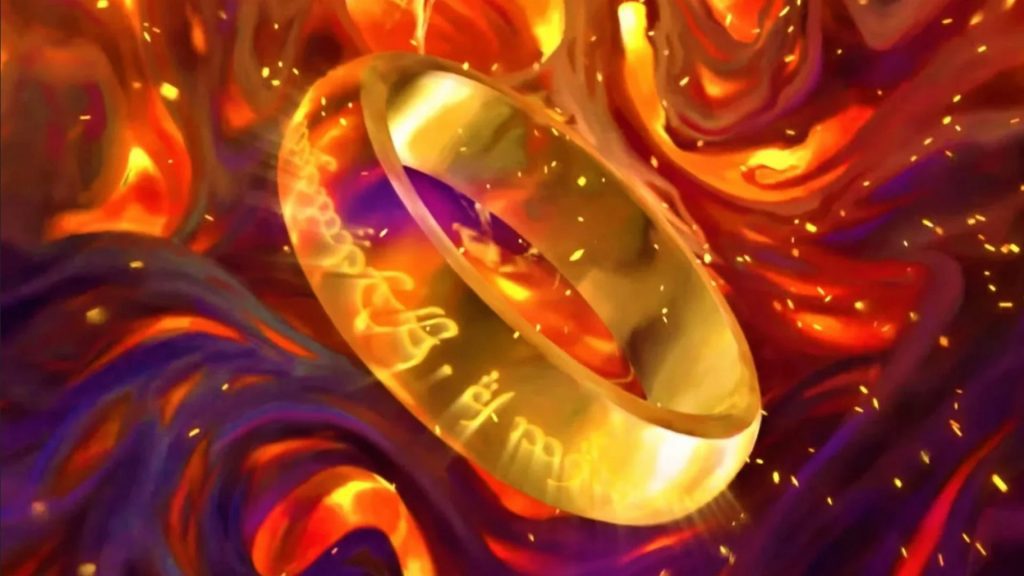Wizards announced The One Ring, Amped Raptor, and Jegantha, the Wellspring are being banned from Modern. Along with those bans, Mox Opal, Green Sun’s Zenith, Faithless Looting, and Splinter Twin are being unbanned. On the surface this looks like a big shakeup for Modern. But to many long time players it feels empty. The core problem with Modern isn’t the bans or unbans – it’s the format itself.
Modern’s Original Design: Stability and Deck Mastery
Modern was supposed to be a place where you could invest in decks you could play for years. Designed to go from Eighth Edition to present day, Modern allowed you to play your Standard cards long after rotation, so slow incremental change. You could keep a deck for half a decade, adjusting sideboard slots and main-deck staples as new sets came out. It was a format built around deck mastery and evolution.
For years players would fine tune lists, enjoying the smallest percentage point upgrades. But Modern Horizons changed all that.
Enter Modern Horizons: The Breaking Point
Modern Horizons introduced cards directly into Modern without ever going through Standard. At first exciting, these sets quickly became the format. With power levels through the roof, older decks and archetypes became obsolete.
Players used to love that their favorite decks were safe from the frequent shakeups. But Modern Horizons added a new kind of “rotation” – not official but effective. A deck could be dominant one month and irrelevant the next Modern Horizons set.
The One Ring was the epitome of this problem. A card designed for The Lord of the Rings: Tales of Middle-earth crossover, it took over Modern almost instantly. Its power level destroyed traditional strategies and its ban was a given. But banning The One Ring doesn’t solve the underlying problem – Modern is no longer a non-rotating format.
“Bans as Rotations” — The Cycle of Frustration
Many Modern players feel trapped in a cycle. Each new set introduces overpowered cards and players are forced to chase the latest meta-defining deck. When those cards get banned the cycle starts all over again. What was once a format about longevity and brewing has become a high stakes arms race.
Take Hogaak, Arisen Necropolis for example. It dominated Modern for months and then got banned. Then came the elemental incarnations, Ragavan, Nimble Pilferer, and Nadu, Winged Wisdom. Players either adapted to the most broken strategies or waited for the inevitable bans to reset the format.
Local Scenes Reflect the Shift
Even the local game store (LGS) scene reflects Modern’s decline. In big cities like San Diego and Los Angeles Modern events that once drew crowds now struggle to get enough players. Stores that once had weekly Modern nights are now shifting to Commander, Flesh and Blood and other non-rotating formats. Commander, designed as a casual multiplayer format, has absorbed much of Modern’s player base thanks to Modern Horizons introducing cards directly into the format.
It’s not just anecdotal. Major stores no longer advertise Modern events. Competitive MTG formats – not just Modern but Pioneer and Standard – are declining across many LGS communities.
What Can Fix Modern?
The solution, according to frustrated players, is simple: rewind the clock. Go back to the original design. Limit Modern to cards that were Standard legal from Eighth Edition onwards. Rename Modern Horizons sets to Commander Horizons and remove crossover sets like Lord of the Rings from Modern legality.
Would this drastic rollback work? Many think it would. Players who miss the old Modern would come back and Wizards could continue to sell Commander Horizons sets without disrupting the Modern ecosystem.
A Future for Modern?
For now Modern is in limbo. The One Ring ban may shake up the meta for a bit but the underlying problem remains. Until Wizards fixes the structural problems introduced by Modern Horizons players will continue to migrate to other formats.
The question is not if Modern can survive but if it can thrive again – and if Wizards will listen.

